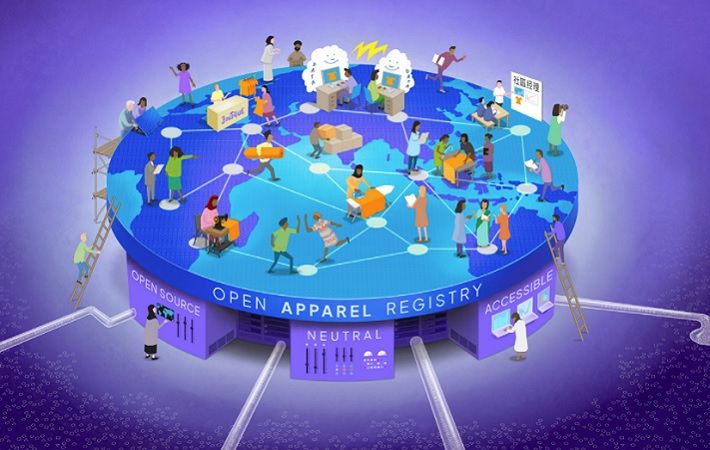
The new report by ORA titled From Opaque to Open: Untangling Apparel Supply Chains with Open Data, tells the tale of the OAR to date and shares stories of how OAR data is being used to create meaningful changes in apparel supply chains. The report has been published as part of a learning grant from Humanity United.
The report majorly covers the context on the sectoral challenges the OAR was built to address; why OAR was established as a neutral data institution; technical details of how the open data platform was developed; its growing community and what it has learned along the way; OAR’s stories of impact; its plans for the future, how it intends to grow its reach and how it can get involved.
“Given the urgency of the issues facing the apparel sector and similar supply chains, we share the lessons we’ve learned in building and growing the Open Apparel Registry in the hope that our experience can be helpful for early stage non-profits, stakeholders in the apparel sector and beyond, and funders looking to support new ventures like ours,” the organisation said in the report.
The OAR was built to address data challenges. At its heart, the OAR exists to drive improvements in data quality for the benefit of all stakeholders in the apparel sector. Powered by a sophisticated name- and address-matching algorithm, the tool creates one common, open registry of global facility names and addresses, with an industry standard facility ID. These OAR IDs do not replace any existing ID schema, rather they serve as a ‘central source of truth’, enabling interoperability across systems and creating a collective understanding of shared connections at the facility level.
ALCHEMPro News Desk (KD)
Receive daily prices and market insights straight to your inbox. Subscribe to AlchemPro Weekly!